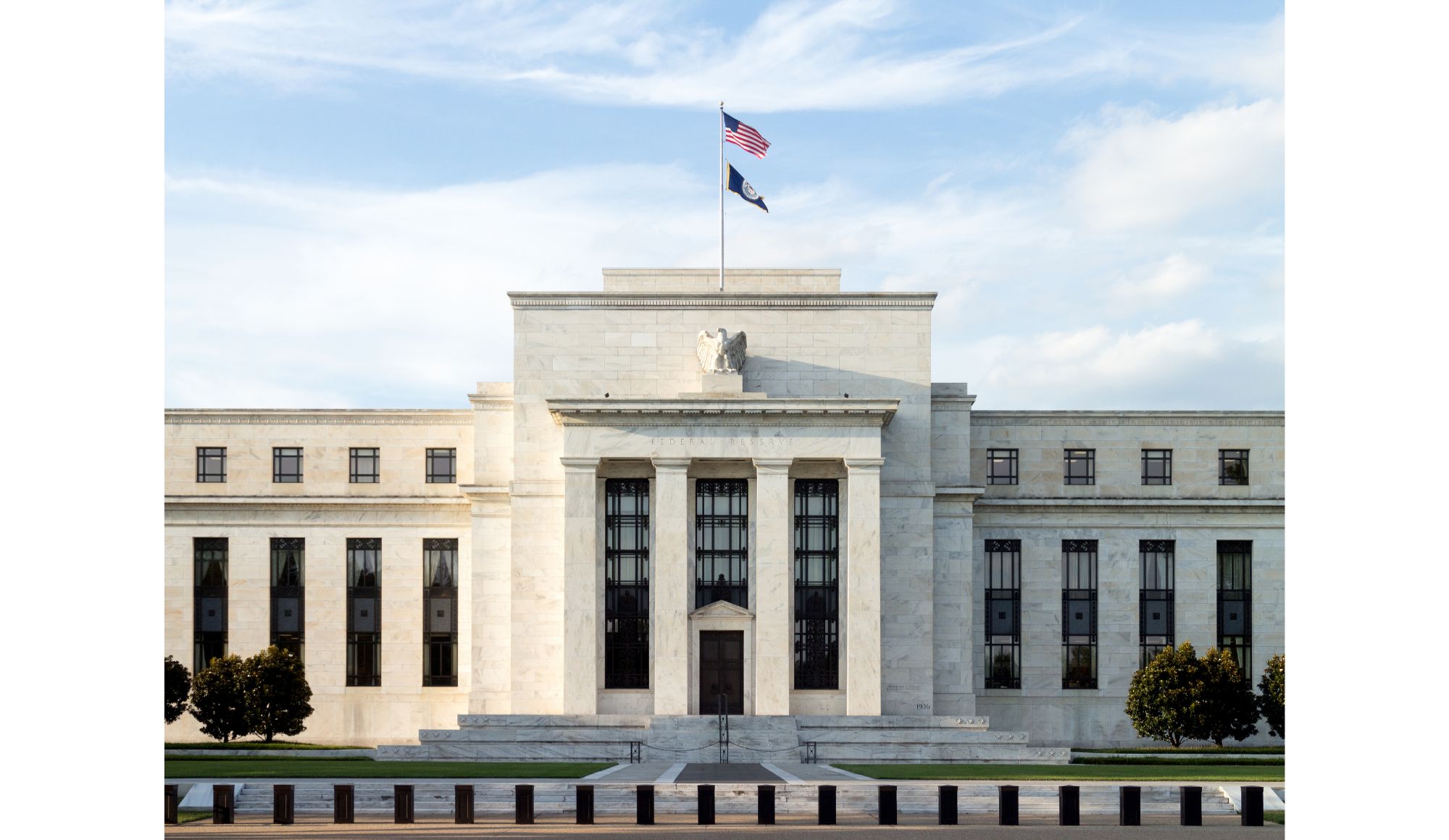The ONLY Investing Rule That Matters
Yesterday the market fell as the Fed hiked rates, and more importantly signaled that it would continue to do so for longer than originally expected. But you might be surprised to discover this market reaction was highly unusual for 2022.
We’ll get back to the market in a moment but first, a quick throwback. The first book I ever read on investing had a line in the first chapter that stated: “Don’t Fight The Fed” – in some ways, investing never got more complicated than following that one rule.
When the Federal Reserve is hiking rates, bulls must fight an uphill battle to make money. When rates are declining, your portfolio has a tailwind. The current environment is punctuated by the former, and that should concern every equity investor who’s appetite for risk is still high.
So how do you make sense of the market’s reaction to Fed hikes this year?
How The Market Has Reacted To Fed Hikes
We examined how the stock market has moved post-Fed meetings this year and discovered a reaction that, at face-value, seems to contradict the golden rule of not fighting the Fed. Instead of the stock market falling after rate hikes, it rose!
Excluding yesterday, over the prior four Federal Reserve rate announcement days, the S&P 500 rose approximately 1.4% on each of those days.
75% of the time, the market rose by more than 2%. Remember, this was the reaction to the market after the Fed announced a hike. That would seem to violate the golden rule of not fighting the Fed.
The data gets more bewildering the longer back in time you go. The average gain of the S&P 500 after the last ten Fed meetings has been a 1% rise.
So what’s the catch? If you shouldn’t fight the Fed, meaning you shouldn’t be long stocks when the Fed is hiking, how can the market so consistently rise right after the Fed announces a hike?
For that, we need to look under the hood of the market.
Why Fed Hikes and Market Spikes Go Hand-in-Hand
The first thing to point out is the market spikes post-Fed rate increases have historically been temporary. Within another trading day, most of the gains are given back. That’s where the clue lies as to why markets pop after Jerome Powell’s message is out.
Ahead of the announcement, traders position themselves for bad news by buying put options. They might “expect” the Fed to hike 75 basis points – which then gets baked into the market – but if the Fed were to raise rates by 100 basis points, they believe the market would surely fall, and so they buy put insurance to protect against such a surprise.
Dealers sit on the other side of the trade, meaning they sell puts to bearish buyers. These dealers must maintain a neutral market outlook, so to hedge their short put exposure (which is bullish) they must also short stock (bearish).
Now fast forward to the Fed announcement and what happens? All those put buyers need to reposition when the Fed acts in line with expectations because implied volatility – a measure of the uncertainty in the movement of the market – plunges like a rock. The value of those puts drops quickly and so put buyers offload their positions.
When they do so, dealers must reposition too in order to stay neutral, and so they close out those short puts and short stock positions, resulting in an upward pop in the markets.
The Most Important Rule
So the conundrum is explained away by structural forces in the market, albeit ones that are temporary. After the Fed’s announcement comes in line with expectations, bearish bets unravel, and real bullish pressure causes markets to pop higher. That explains why so often the market has risen on Fed Days.
But once that immediate bullish surge is over, the lasting effects of the Fed’s actions trickle through to the economy. Higher rates means higher corporate debt, more expensive mortgages, personal loans, and borrowing costs. That’s real money that comes out of the pockets of consumers and corporations alike, and leads to economic downswings, lower corporate earnings, lower demand for new home purchases, and so on.
The market reflects and anticipates what the economy will do in the future. The general rule of thumb is it looks out 6 months in time. So if the future economic outlook is bleaker, the market tends to wind its way along the same path, downward.
That’s why the golden rule of not fighting the Fed still applies. Since the Fed started hiking rates, the market has been in a primary downtrend for most of the year. And so structural forces aside on Fed Days, the market is unlikely to change its primary direction until the Fed announces that it will stop hiking, or better yet start easing.
The bottom line is when the Fed’s actions match market expectations, pops on Fed days due to structural forces can be anticipated. When the Fed surprises to the downside on Fed Days, expect markets to fall. But neither of these short-term moves should be a primary focus. The main thing to pay attention to is how the market has been trending since the Fed has been hiking, and the answer to that is bearish.
The old rule still applies: Don’t Fight The Fed.



